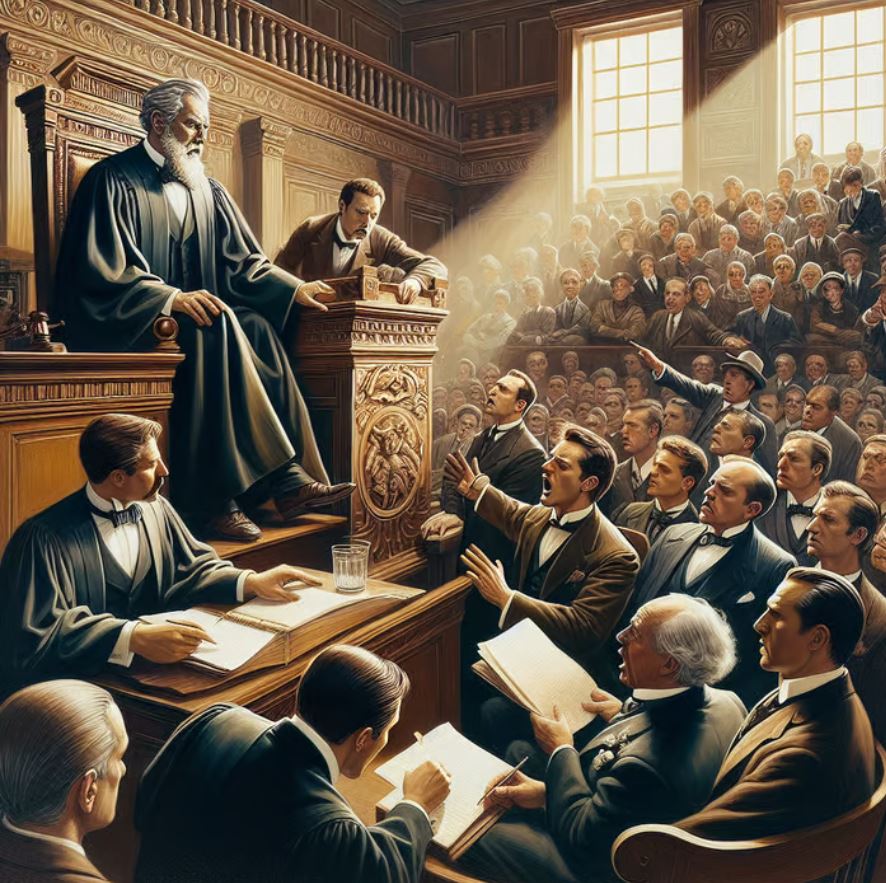 Imagine walking into a courtroom and seeing a virtual avatar making an argument. That’s exactly what happened in a recent New York legal proceeding. Jerome Dewald, a 74-year-old representing himself, decided to spice things up by using an AI-generated avatar to present his appeal. He was trying to overturn a lower court’s decision in a case against his former employer.
Imagine walking into a courtroom and seeing a virtual avatar making an argument. That’s exactly what happened in a recent New York legal proceeding. Jerome Dewald, a 74-year-old representing himself, decided to spice things up by using an AI-generated avatar to present his appeal. He was trying to overturn a lower court’s decision in a case against his former employer.
During his presentation, Dewald played a prerecorded video featuring a younger-looking man in a blue shirt and beige sweater, all set against a blurred virtual background. This unexpected sight left the judges scratching their heads. One judge even thought the avatar was Dewald’s attorney. Dewald quickly clarified, “I generated that. That is not a real person.”
Justice Sallie Manzanet-Daniels from the Appellate Division’s First Judicial Department wasn’t too thrilled with this surprise. She expressed her frustration, saying, “It would have been nice to know that when you made your application.” Her reaction highlighted the tension between traditional courtroom practices and the emerging role of AI technology.
This incident is a perfect example of how artificial intelligence is creeping into our legal systems, raising important questions about ethics and procedures. As we navigate this new territory, it’s crucial to consider the implications of such technology in our judicial processes.








